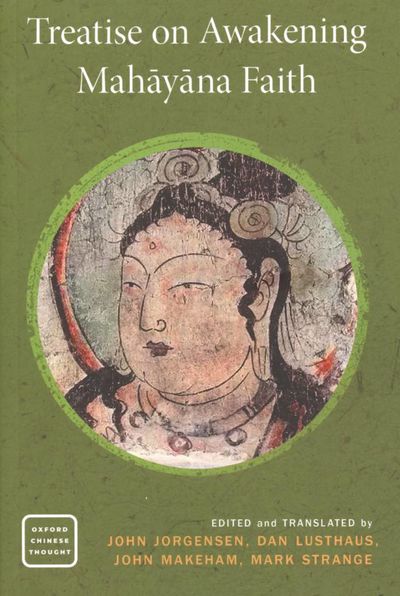Dasheng qixin lun, or Treatise on Awakening Mahāyāna Faith has been one of the most important texts of East Asian Buddhism since it first appeared in sixth-century China. It outlines the initial steps a Mahāyāna Buddhist needs to take to reach enlightenment, beginning with the conviction that the Mahāyāna path is correct and worth pursuing. The Treatise addresses many of the doctrines central to various Buddhist teachings in China between the fifth and seventh centuries, attempting to reconcile seemingly contradictory ideas in Buddhist texts introduced from India. It provided a model for later schools to harmonize teachings and sustain the idea that, despite different approaches, there was only one doctrine, or Dharma. It profoundly shaped the doctrines and practices of the major schools of Chinese Buddhism: Chan, Tiantai, Huayan, and to a lesser extent Pure Land. It quickly became a shared resource for East Asian philosophers and students of Buddhist thought.
Drawing on the historical and intellectual contexts of Treatise's composition and paying sustained attention to its interpretation in early commentaries, this new annotated translation of the classic, makes its ideas available to English readers like never before. The introduction orients readers to the main topics taken up in the Treatise and gives a comprehensive historical and intellectual grounding to the text. This volume marks a major advance in studies of the Treatise, bringing to light new interpretations and themes of the text. (Source: Oxford University Press)
| Citation | Jorgensen, John, Dan Lusthaus, John Makeham, and Mark Strange, eds. and trans. Treatise on Awakening Mahāyāna Faith. New York: Oxford University Press, 2019. |
|---|---|

